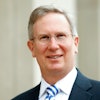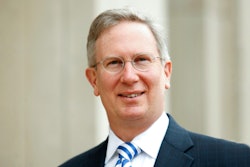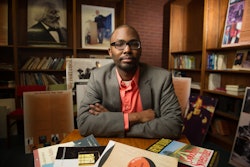In the era of the COVID-19 pandemic and the Great Resignation, faculty and staff burnout is a major problem in higher education. A 2022 Gallup poll found that educators reported the highest level of burnout of any industry, and 35% of college and university workers reported “always” or “very often” feeling burned out at work. It’s a phenomenon that can particularly affect minoritized workers: a March survey by the Society of Human Resource Management found that more than a third of Black, indigenous, and people of color felt down, depressed, and hopeless, compared to only a quarter of white respondents. In light of this, the American Council on Education (ACE) convened a panel of experts to discuss what’s causing burnout and what can be done about it.
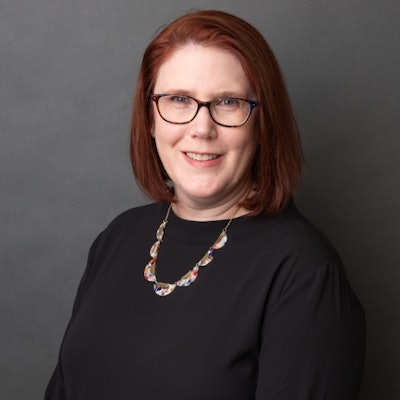 Dr. Rebecca Pope-Ruark, director of the office of faculty professional development at Georgia Institute of Technology
Dr. Rebecca Pope-Ruark, director of the office of faculty professional development at Georgia Institute of Technology
“People are just plain overworked,” said Dr. Margaret W. Sallee, an associate professor of higher education at the University of Buffalo. Many faculty and staff, she pointed out, have had to take on extra responsibilities from other positions that have gone unfilled. Rob Shomaker, senior vice president of the College and University Professional Association for Human Resources (CUPA-HR) agreed, pointing to research showing that 67% of higher ed employees were working more than full-time hours. He also brought up the lack of support that many faculty and staff have experienced with the mental health challenges caused by the pandemic, and the lack of a sense of belonging for many.
The bulk of the panel’s duration was given to the discussion of potential solutions. When asked what the most important factor in burnout to target was, each panelist had different answers. Pope-Ruark focused on productivity culture, a condition of constant overwork. She argued that change on the individual level would not be enough—that institutions need to shift. Shomaker emphasized pay. Citing CUPA-HR research that found that more than ¾ of higher ed workers are seeking or are likely to seek new work for better money, he suggested that universities need to figure out what fair wages look like and to pay them. This, he argued, would result in financial savings in the long run.
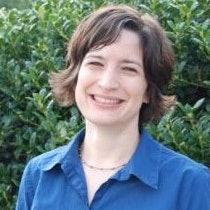 Dr. Margaret W. Sallee, associate professor of higher education at the University of Buffalo
Dr. Margaret W. Sallee, associate professor of higher education at the University of Buffalo
Panelists were also asked about more granular solutions. Shomaker said that it was important for administrators to make faculty and staff feel appreciated, to acknowledge their hard work in an ongoing way. He also said that it was important for administrators to be mindful of workloads and of expectations around deadlines. Sallee said that it was important to ask the employees what they actually wanted—to collect data to make sure that proposed efforts would truly be useful. And Pope-Ruark had a different sort of solution: she called for the hiring of additional accredited coaches—both career coaches and other kinds—to be available to consult with faculty and staff.
There was also discussion of how faculty and staff can help institutions see that burnout is occurring. Pope-Ruark emphasized that training for administrators on the psychological definition of burnout is necessary. Sallee said that faculty and staff can use their voices to describe what’s happening, but only if there is a culture of trust with the administration. She suggested that the people at the top can encourage that by modeling vulnerability.
Ultimately, however, the panelists agreed that big changes are necessary.
“It’s not an individual issue. We can’t self-care our way out of this,” said Sallee. “It’s structural change. Between bottom-up and top-down, we can change this.”
Jon Edelman can be reached at JEdelman@DiverseEducation.com.



